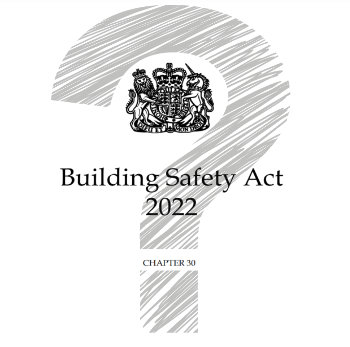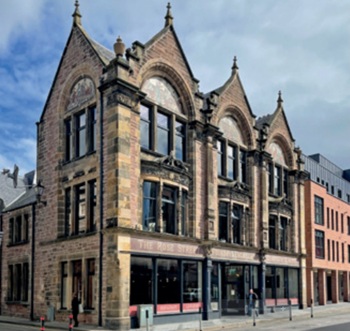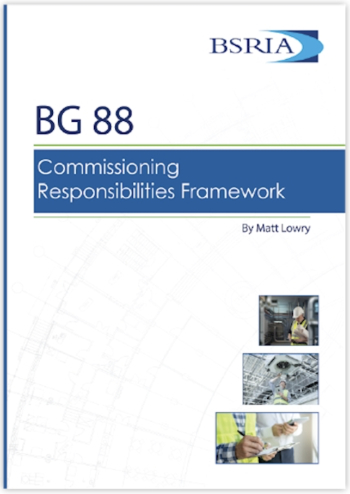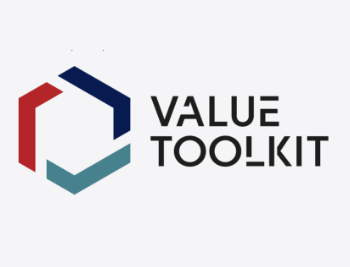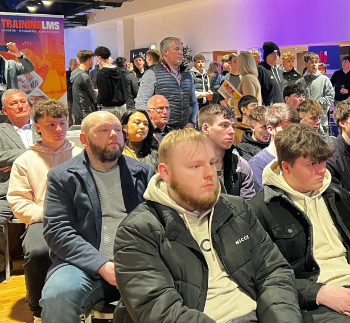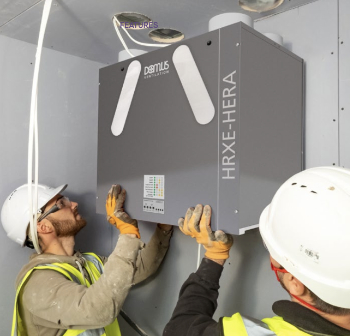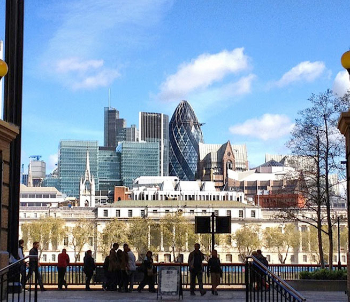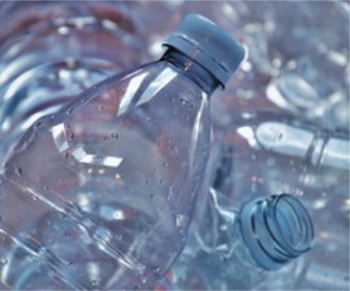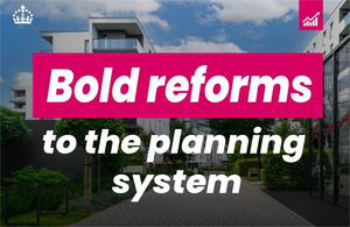Global PVC market analysis and forecast to 2020
Polyvinyl chloride (PVC) is the third-most widely produced polymer, after polyethylene and polypropylene. It is one the most widely-used plastics and is produced by polymerisation of the monomer vinyl chloride. PVC has an amorphous structure with polar chlorine atoms and has fire retardant properties and oil/chemical resistance. It is widely used in construction, packaging, automotive and electrical industries due to properties such as; light weight, good mechanical strength, abrasion resistance and toughness. PVC can be bifurcated into two basic forms: rigid and flexible. The rigid form of PVC can be used in manufacturing of pipes, doors, windows, plastic bottles and so on. The flexible form of PVC can be used in plumbing, electrical cable insulation, imitation leather and so on.
On the basis of product type, the PVC market is classified as wire and cable, pipes and fittings, bottles and others. Based on the application, it is divided into two segments: rigid polyvinyl chloride and flexible polyvinyl chloride. The PVC market is also segmented on the basis of end-users: automotive, electrical, construction, packaging and others.
Asia Pacific is the largest market for PVC, accounting for more than 50%. The Asia Pacific region is expected to show a good growth rate over the forecast period due to the high growth potential of the building and construction industry. China represents the largest market for PVC in the Asia Pacific region.
Europe is the second largest market for PVC, followed by North America.
The market is expected to witness a double-digit growth rate in the coming years. Some of the major drivers include; high growth in the building and construction sector, high growth in the automobile industry and growing medical devices. Some of the major restraints for PVC market include; increasing competition from steel and concrete pipes and the prohibited use of PVC in the construction of green buildings.
Some of the major companies operating in the PVC market include; Occidental Petroleum Corporation, Solvay S.A., Shin-Etsu Chemical Co. Ltd., Formosa Plastics Group, Ineos Chlorvinyls Ltd, Xinjiang Zhongtai Chemical Co. Ltd., Mexichem S.A.B., KEM one and Axiall Corporation.
Featured articles and news
From studies, to books to a new project, with founder Emma Walshaw.
Types of drawings for building design
Still one of the most popular articles the A-Z of drawings.
Who, or What Does the Building Safety Act Apply To?
From compliance to competence in brief.
The remarkable story of a Highland architect.
Commissioning Responsibilities Framework BG 88/2025
BSRIA guidance on establishing clear roles and responsibilities for commissioning tasks.
An architectural movement to love or hate.
Don’t take British stone for granted
It won’t survive on supplying the heritage sector alone.
The Constructing Excellence Value Toolkit
Driving value-based decision making in construction.
Meet CIOB event in Northern Ireland
Inspiring the next generation of construction talent.
Reasons for using MVHR systems
6 reasons for a whole-house approach to ventilation.
Supplementary Planning Documents, a reminder
As used by the City of London to introduce a Retrofit first policy.
The what, how, why and when of deposit return schemes
Circular economy steps for plastic bottles and cans in England and Northern Ireland draws.
Join forces and share Building Safety knowledge in 2025
Why and how to contribute to the Building Safety Wiki.
Reporting on Payment Practices and Performance Regs
Approved amendment coming into effect 1 March 2025.
A new CIOB TIS on discharging CDM 2015 duties
Practical steps that can be undertaken in the Management of Contractors to discharge the relevant CDM 2015 duties.
Planning for homes by transport hubs
Next steps for infrastructure following the updated NPPF.









